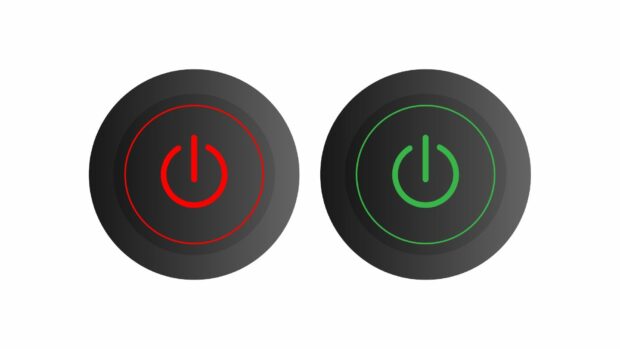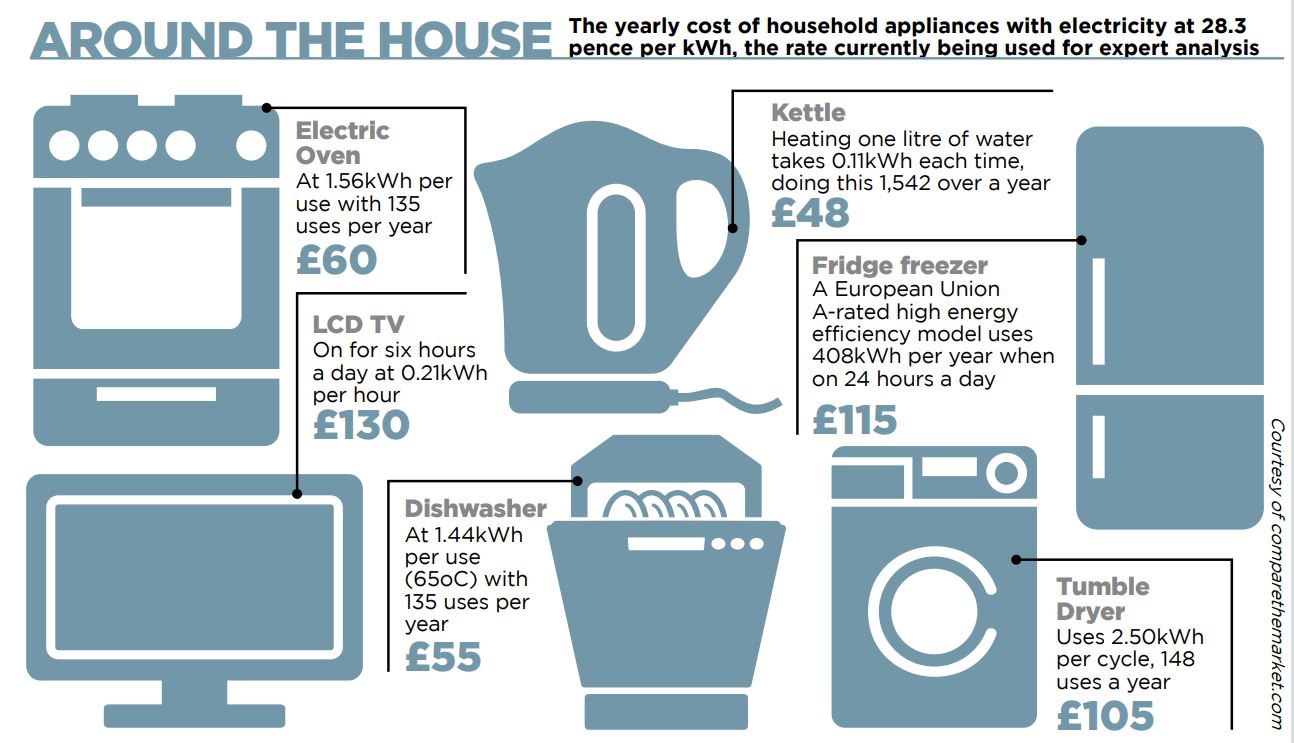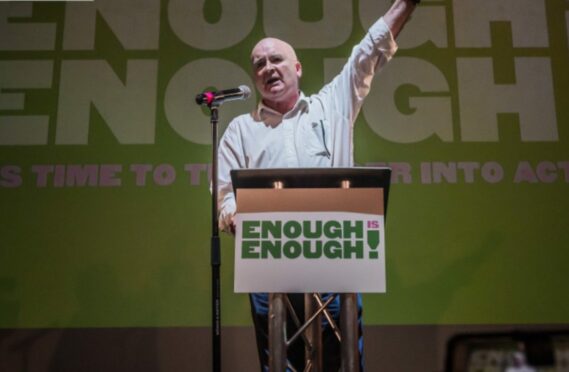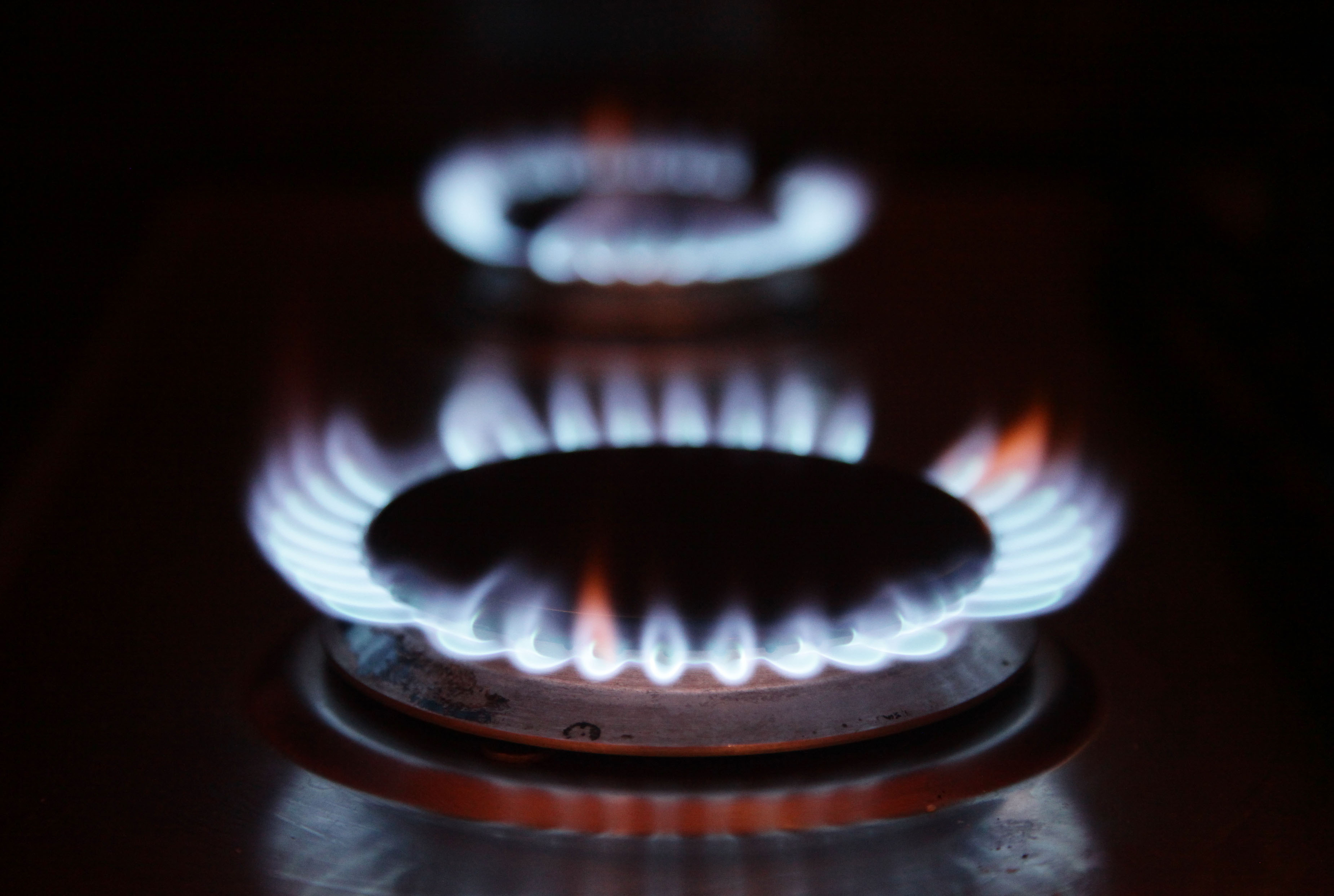
Energy experts are urging Scots to learn how much their household appliances cost to run to help curb soaring bills.
The advice comes amid dark forecasts of a 230% leap in energy costs within months and annual bills of £4,200 bills by January, up from £1,277 earlier this year.
With ministers still discussing what help might be given to stretched households as the Tory leadership race continues, experts are urging a greater awareness of how bills add up and for worried Scots to seek help from support organisations.
Speaking as unprecedented energy prices push inflation towards 13%, Dr Kirsten Jenkins, an Edinburgh University lecturer in energy, environment and society who sits on the Scottish Government’s new Scottish Fuel Poverty Advisory Panel, said the “enormous” price hikes would affect both high and low income households – some paying as much as £500 a month. That’s more than the country’s average mortgage.
Heating accounts for the lion’s share of most energy bills but use of smaller appliances can see costs mount.
She said: “Most people don’t know how much energy their individual appliances use, like the washing machine and tumble dryer. For the vast majority it is an invisible cost. I would strongly advocate for people to become careful, take more regular meter readings than before, and if they have smart meters to keep a track on what costs what and when. If they don’t have smart meters there are devices they can buy. Some things use more energy like tumble dryers.”

Modern homes are packed with electrical gadgets from computers to games consoles and phone chargers and they all use energy if plugged in and switched onto the mains, even when they are not charging or in use.
According to the Energy Saving Trust, the average UK household spends £55 each year powering electronic devices that are left on standby mode, so making sure they all are turned off at the socket when not in use is a good start to saving money.
Televisions, particularly the plasma variety, can be energy guzzlers, depending on the level of use. According to comparethemarket.com, an LCD TV uses 0.21kWh per hour. Switched on for six hours a day it will cost a bumper £130 over the course of a year.
Tumble dryers are one of the appliances that use the most electricity, on average about 2.50kWh per cycle, costing £105 per year. Electric hobs, although largely more efficient at cooking than gas, tend to be more expensive because the cost of electricity is higher. At 0.71kWh per use, the cost per year is put at £85.
Frazer Scott, CEO of Energy Action Scotland, said knowing the costs and on how to cut them is important because the energy price hikes “come at a time where inflation is rising, and rent, mortgages and the cost of living are spiralling, leaving millions unable to cope.”
He added: “Pre-payment meter households are paying over the odds or self-disconnecting and direct debit customers are struggling with increasing levels of debt, and all during the warm summer months when usage is generally lower.
“Households must be encouraged to reach out and find help where they can. Anyone worried about energy debt should speak to their supplier and ask for support, Citizen’s Advice can help with income maximisation and energy saving tips, including the cost of running appliances more efficiently, can save money for many.”
Echoing his call, Citizens’ Advice Scotland Social Justice spokeswoman Stephanie Miller said “on average” those who see a financial gain through its advice find themselves more than “£4,400 better off”.
Advice Direct Scotland’s head of operations Marjorie Gibson added: “We urge people across Scotland not to struggle alone. Free Support and advice is available from our experts and we can help people explore eligibility for grants or ensure they are claiming all the benefits they are entitled to.”

Enjoy the convenience of having The Sunday Post delivered as a digital ePaper straight to your smartphone, tablet or computer.
Subscribe for only £5.49 a month and enjoy all the benefits of the printed paper as a digital replica.
Subscribe

